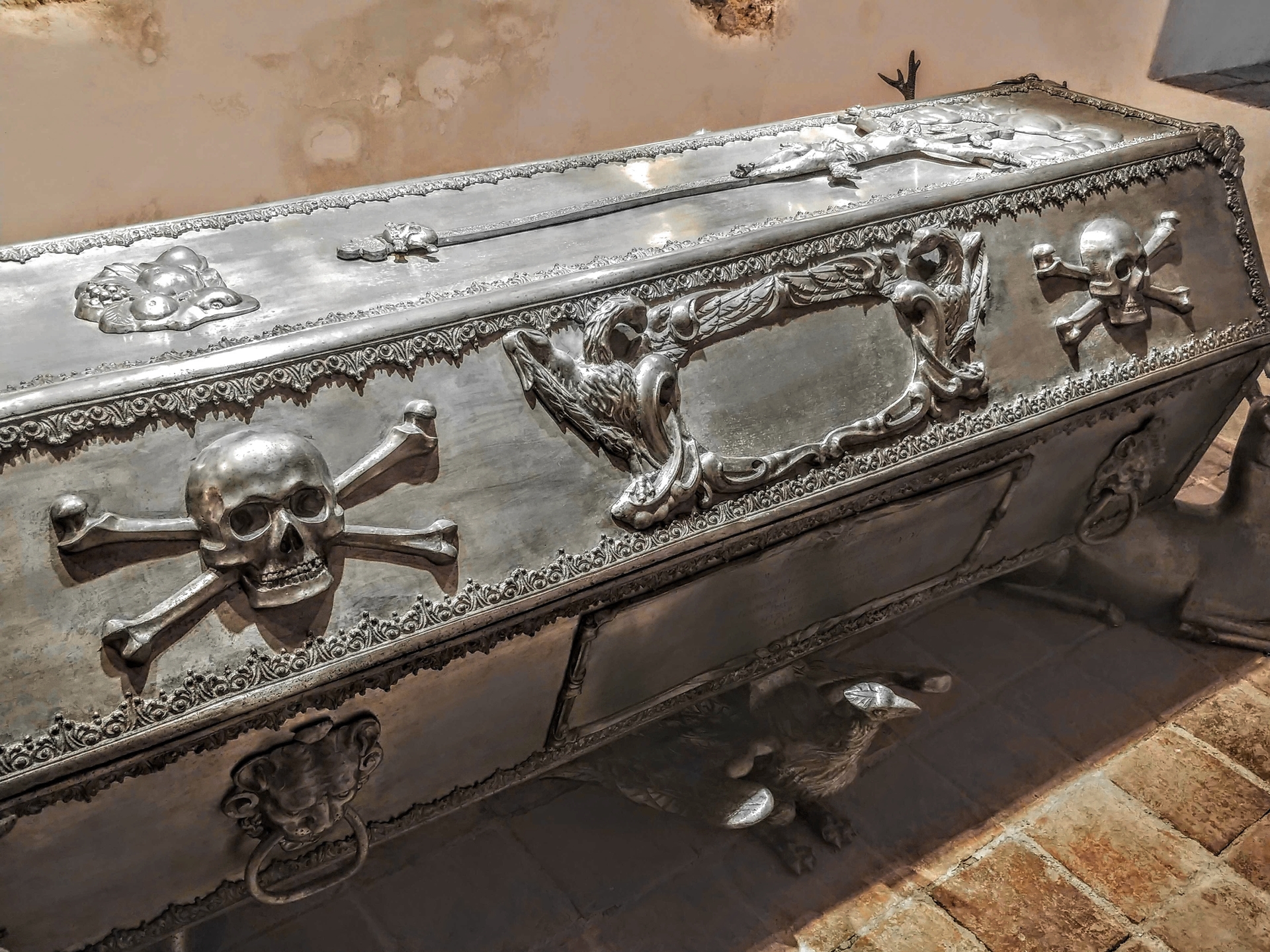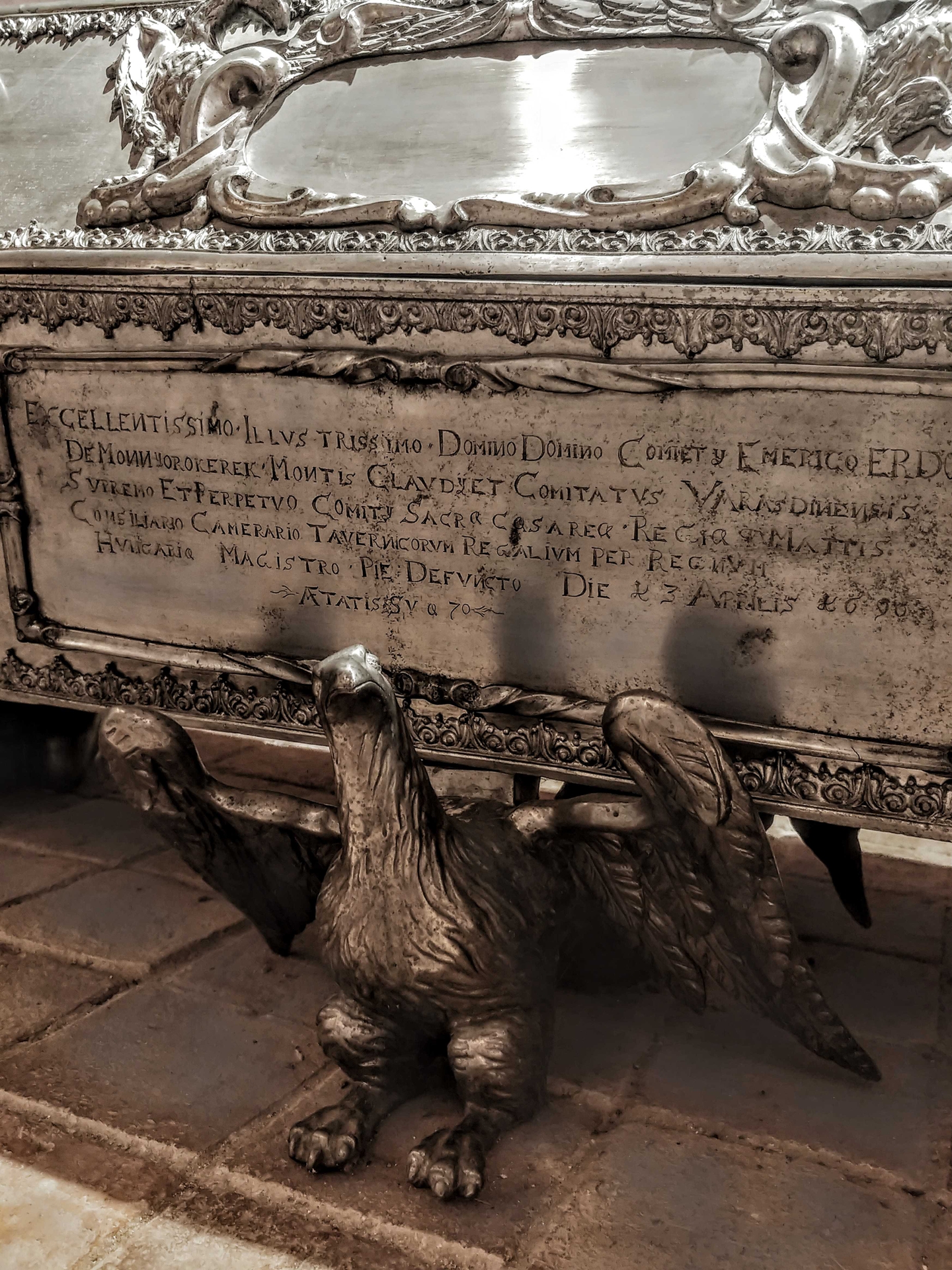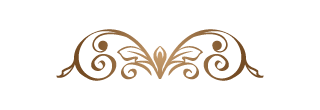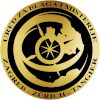One sarcophagus belongs to the founder of the monastery, Croatian ban Sigismund Erdödy, who died in 1639. The other sarcophagus is that of Emerik Erdödy, Count of Varaždin (a city in northern Croatia) and also Sigismund’s nephew, who died 50 years after his uncle. Within the walls of the monastery there is also a unique library with several books that are centuries old.

The elaborate sarcophagi have substantial artistic value and are a testament to the extended connection between Klanjec and the Erdödy family, one of the most powerful clans in Croatia in the late sixteenth and early seventeenth centuries. They were part of what was considered to be the Central European elite that dominated political processes and promoted Christian culture in Europe.
It all began in 1630 when Sigismund and his cousin Nikola gave the land to some Bosnian friars, which obliged them to build a monastery and a church. The family decided that the church would be used as their mausoleum.

Sigismund’s resting place is ornamented with golden lions, angels, palms, and berries, which all contribute to its substantial Baroque decor. In terms of design and iconography, the sarcophagus shows the mature Baroque spirit expressed through the splendid workmanship and vivid imagination of the master behind it.
The sarcophagus of Count Emerik Erdödy rests on the backs of four stags placed at each corner, with two eagles holding the weight of the central element. On the front is the coat-of-arms of Emerik Erdödy, and at each side, lace-like ornamentation surrounds a cartouche in relief. Also featured are an inscription, lion’s heads with rings, and skull and crossbones.

There are big stylistic differences between the two sarcophagi, and Emerik’s is notably embellished with deer horns and skulls, resembling the famous mausoleum of the Habsburg family in Vienna. This comes as no surprise, as they were probably made by 17th-century Viennese master Johann Philipp Stumpf, who also designed sarcophagi for Ferdinand III Habsburg and his two wives. He also served as the designer of Empress Eleonora Maria’s (d. 1697) sarcophagus, which rests on four lions.
The skull and crossbones motif was used as a symbol of transience and a reminder of the emptiness of earthly matters. The use of animal figures taken from a family’s coat of arms was common, and they appear often as the casket bearers of the deceased.

It was usual for prominent people to have ceremonial funerals, with detail paid to the setting of the rite and the appearance of the tomb. Modeling themselves on the imperial family, the families of magnates followed this trend, as seen here in the Erdödy sarcophagus. Its ornate appearance – with emphasis on the decorative effects placed inside the tomb – was a reflection of the family’s great wealth.
The Bosnian friars who arrived in Klanjec four hundred years ago on the invitation of the Erdödy family continue to watch over local heritage and share the stories of the deceased members of the Erdödy family buried in splendid sarcophagi in the crypt of the Klanjec monastery church.

Would you like to visit this location? Book a private adventure tour and choose from a list of must – visit secret locations in Croatia with unique stories, contact us now for quotes and arrangements! Find out more about custom adventure tours in Croatia.






